
PRACOVNÉ MIESTA PRE LEKÁROV Bayern - Nemecko
PRACOVNÉ MIESTA PRE LEKÁROV Bayern - Nemecko
| Lekár | Rezidentný lekár | Lekár špecialista | Lekár primár |
|---|---|---|---|
| Všeobecné lekárstvo | 0 | 0 | 0 |
| Vnútorné lekárstvo | 4 | 1 | 1 |
| Pneumológia a ftizeológia | 0 | 0 | 1 |
| Kardiológia | 3 | 0 | 1 |
| Gastroenterológia | 1 | 0 | 1 |
| Endokrinológia | 0 | 0 | 0 |
| Reumatológia | 0 | 0 | 0 |
| Angiológia | 0 | 0 | 0 |
| Nefrológia | 0 | 0 | 0 |
| Hematológia a transfúziológia | 0 | 0 | 0 |
| Radiačná onkológia | 1 | 0 | 0 |
| Geriatria | 0 | 0 | 0 |
| Neurológia | 0 | 0 | 0 |
| Dermatovenerológia | 0 | 0 | 0 |
| PediatriePediatria | 2 | 0 | 1 |
| Psychiatria | 1 | 0 | 0 |
| Fyziatria, balneológia a liečebná rehabilitácia | 0 | 0 | 0 |
| Anestéziológia a intenzívna medicína | 2 | 1 | 0 |
| Chirurgia | 1 | 0 | 0 |
| Cievna chirurgia | 0 | 0 | 0 |
| Cievna chirurgia | 0 | 0 | 0 |
| Hrudníková chirurgia | 0 | 0 | 0 |
| Detská chirurgia | 0 | 0 | 0 |
| Ortopédia | 1 | 0 | 0 |
| Neurochirurgia | 0 | 0 | 0 |
| Oftalmológia | 0 | 0 | 0 |
| Gynekológia a pôrodníctvo | 0 | 0 | 0 |
| ORL | 0 | 0 | 1 |
| Urológia | 0 | 0 | 0 |
| Rádiológia | 0 | 0 | 1 |
| Radiačná onkológia | 0 | 1 | 0 |
| Patologická anatómia | 0 | 0 | 0 |
| Urgentná medicína | 0 | 0 | 0 |
| Pracovné lekárstvo | 0 | 0 | 0 |
| Detská psychiatria | 0 | 0 | 0 |
| Zubné lekástvo | 0 | 0 | 0 |
| RMO | 0 | 0 | 0 |
| Psychosomatická medicína | 2 | 0 | 0 |
| Nukleárna medicína |
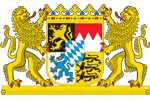
Interested in learning more about Bayern? Click below to read the description and find out more about:
Bayern - Nemecko

Interested in learning more about Bayern? Click below to read the description and find out more about:
One of the oldest states of Europe, it was established as a duchy in the mid first millennium. In the 17th century, the Duke of Bavaria became a Prince-elector of the Holy Roman Empire. The Kingdom of Bavaria existed from 1806 to 1918, and Bavaria has since been a free state (republic). Modern Bavaria also includes parts of the historical regions of Franconia and Swabia.



The Bavarian nation is composed of four officially recognized tribes: three native tribes, namely Old Bavarians ("Baiern"), Franconians, Swabians and more than two million refugees and expellees after 1945.


Samples of Bavarian:
| Bavarian | S' Boarische is a Grubbm vo Dialekt im Sidn vom daitschn Språchraum. |
| Standard German | Das Bairische ist eine Gruppe von Dialekten im Süden des deutschen Sprachraumes. |
| Standard German | Bavarian is a group of dialects in the south of the German-speaking area. |


Altbayern Lederhosen, Maibaum
Traditions and customs enjoy a high status in Bavaria. Folk songs, folk dances and folk music are practiced in many Bavarian towns and townships. Traditions are carried on by culture clubs, societies for traditional costumes, folk dance groups and bands.
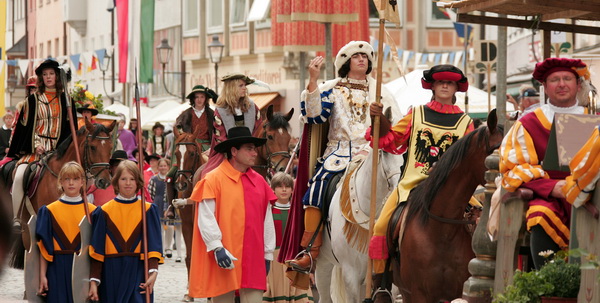


Medieval knight tournaments in Kaltenberg and Kiefersfelden
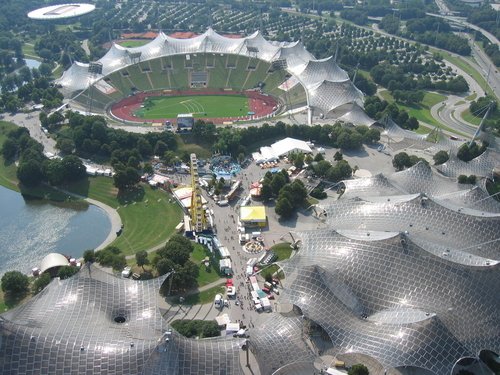

Olympic Park in Munich
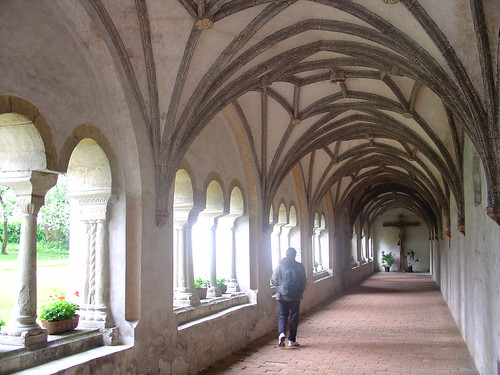


- Churches, the Wies Church near Steingaden in particular, the Chathedral in Passau, the basilica "Vierzehnheiligen" ("Basilica of the fourteen saints") near Bamberg or the Weltenburg monastery at the river Danube

- Monastries such as Rohr, Ettal, Andechs, Ottobeuren or Waldsassen, and Roggenburg
- Würzburg's Residence, Munich's Residence, Nymphenburg and Schleißheim Castles


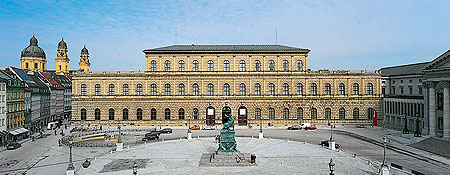
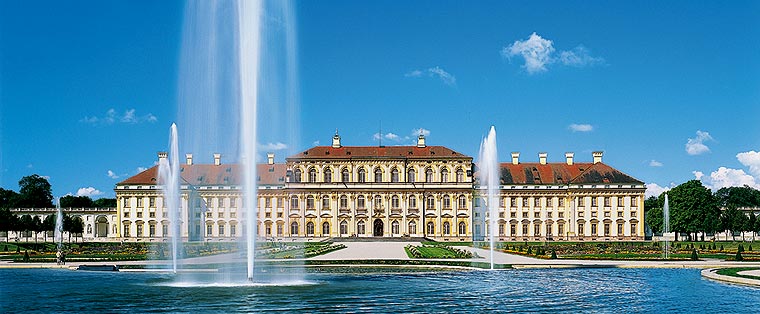
- Theaters such as the Cuvillés-Theater in Munich, the Margrave Opera House in Bayreuth or the Margrave Theater in Erlangen


- Parks and city ensembles such as Eichstätt
Architectural achievements of the 19th century are closely associated with names like Leo von Klenze and Friedrich von Gärtner. Conducted by King Ludwig I, both of them significantly characterized Munich's image with their buildings. Their most famous buildings include the Walhalla near Regensburg and the Hall of Liberation in Kelheim. A number of 19th century industrial buildings in Augsburg and Nuremberg as well as some regular 20th century buildings are already now considered significant monuments.


With 11000 sacral and secular buildings and 40000 archaeological sites, Bavaria is rich in monuments.
These figures are the pleasing result of a cultural policy consistently pursued by the Bavarian government. Particularly in recent times, the Free State of Bavaria has set great examples in the advancement of its museum landscape:
- "Pinakothek der Moderne", a modern art museum in the center of Munich:

- "State Museum for Art and Design" in Nuremberg:
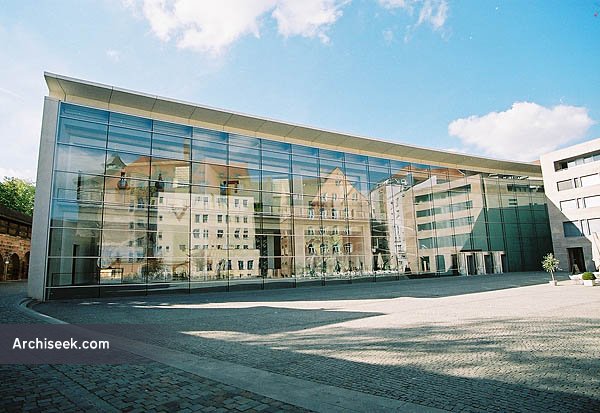
- "Georg Schäfer Museum" in Schweinfurt:

- "Museum of Imagination" in Bernried:
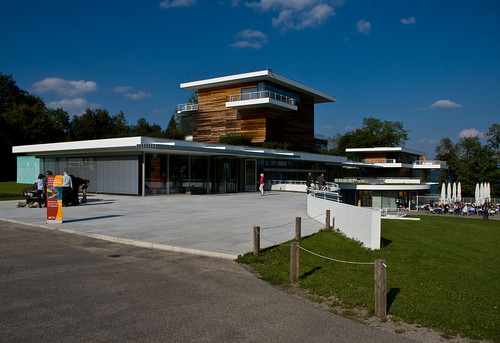
- "Deutsches Museum Verkehrszentrum", a traffic museum in Munich run by the German Museum:
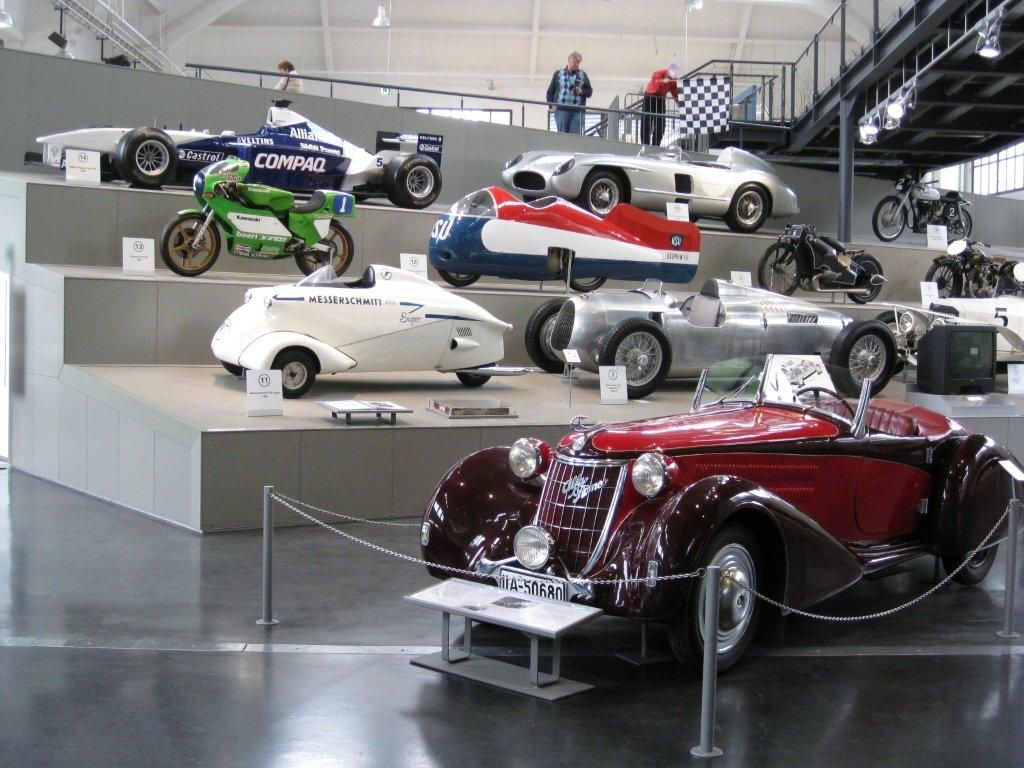













Johannisburg Castle in Aschaffenburg, Würzburg Residence


Fortress Marienberg and the Alte Mainbrücke in Würzburg, Plassenburg Castle in Kulmbach

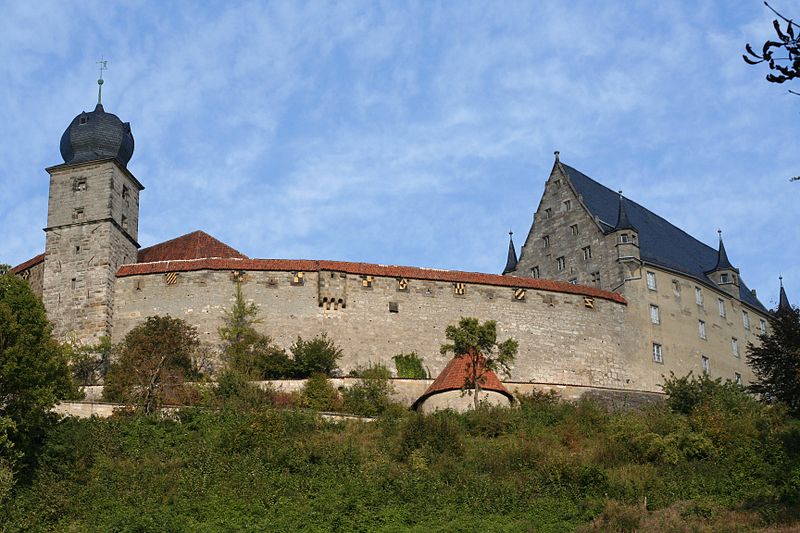
Cathedral in Bamberg, Castle of Coburg


Festspielhaus of Richard Wagner in Bayreuth, Imperial Castle in Nuremberg


Kastell Biriciana, Weissenburg close to the Limes, Kreuztor in Ingolstadt


Castle of Neuburg an der Donau, Old Stone Bridge and Cathedral of Regensburg

Cathedral and Oberhaus fortification in Passau, Trausnitz castle, Landshut


Burghausen Castle, Townhall in Augsburg

Schloss Nymphenburg Munich

Linderhof Palace

Castle Neuschwanstein















